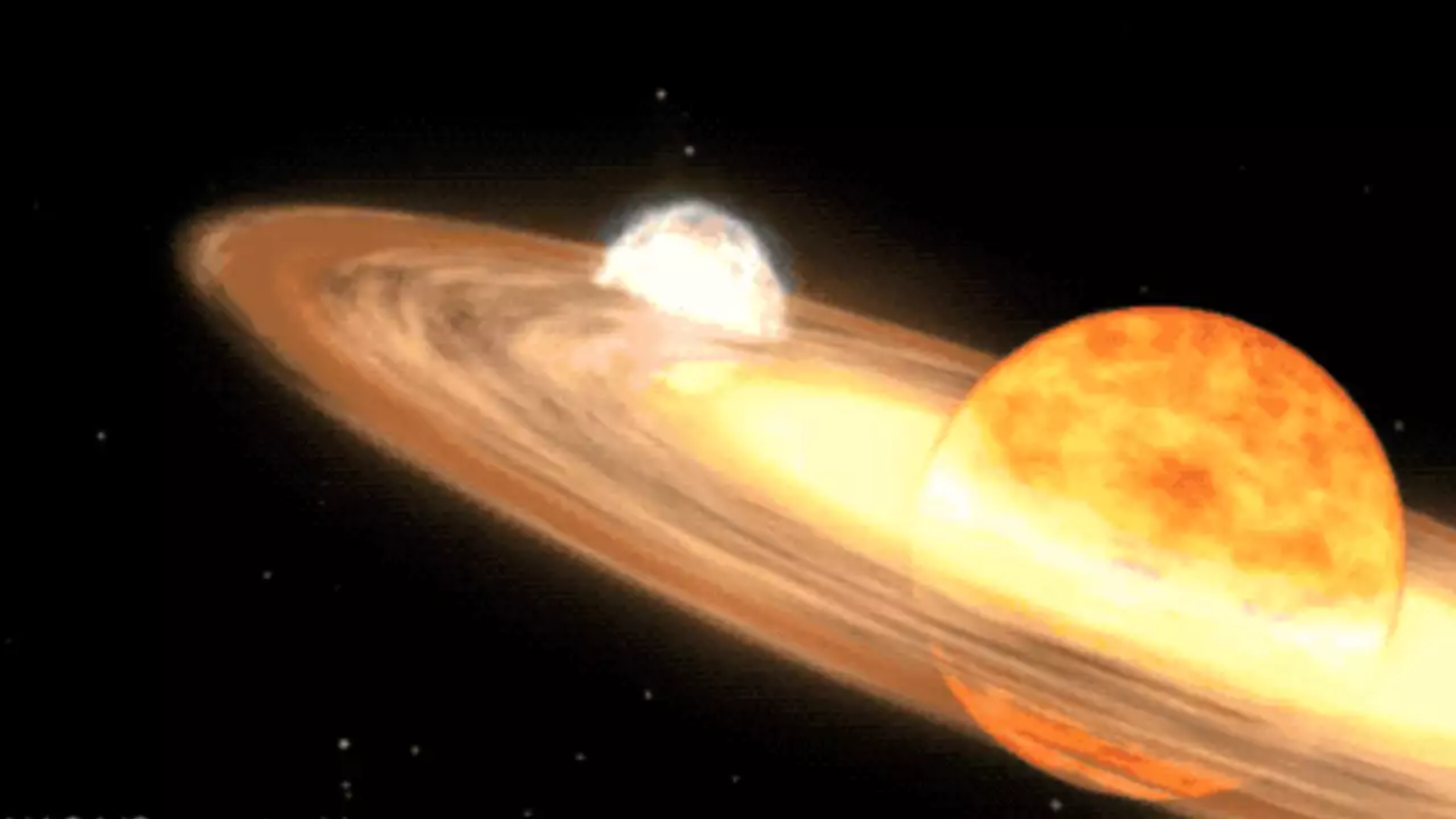
NASA has forecasted an extraordinary astronomical event that will light up the night sky like never before. The star T Coronae Borealis, located in the constellation Corona Borealis or the “northern crown,” is expected to explode in a rare nova event between now and September. This spectacular occurrence offers amateur astronomers and stargazers a unique chance to witness a once-in-a-lifetime phenomenon.
Typically too faint to be seen without a telescope, T Coronae Borealis will undergo a massive explosion, potentially outshining Polaris, the North Star. Bill Cooke, head of NASA Meteoroid Environment Office at the Marshall Space Flight Center, discussed the event with Fox News, highlighting the unpredictability of its timing compared to an eclipse but emphasizing its memorability once it occurs.
A nova, which is what this explosion is classified as, happens in a binary star system where two stars orbit closely. In this case, one star is a red giant, significantly larger than our sun, while the other is a white dwarf, roughly Earth-sized. The red giant continuously deposits material onto the white dwarf, which eventually leads to a thermonuclear explosion when the temperature gets high enough.
“When the white dwarf explodes, it ejects all that accumulated material into space, becoming hundreds of times brighter than before,” Cooke explained. If the star is relatively close to Earth, a new star will seem to appear in our sky.
T Coronae Borealis is a recurring nova, known to erupt at regular intervals, approximately every 79 years. It last exploded in 1946, with the previous recorded explosion in 1866 by John Birmingham, an Irish polymath.
Cooke noted, “The last explosion was around 3,000 years ago, during the end of the Bronze Age and the rise of the kingdom of David in Palestine.” The upcoming explosion will be visible to the right of the Hercules constellation, appearing as a new star in the night sky and remaining visible for about a week before fading.
Space enthusiasts are encouraged to seize the opportunity to witness this event as soon as it occurs. Cooke warned, “You’ll only have a few days to see it before the brightness fades away.”
The nova’s brightness is expected to rival that of Polaris, making it a remarkable sight. This event, comparable in rarity to the appearance of Halley’s Comet every 76 years, is a rare treat for astronomers and stargazers, although it doesn’t usually garner as much attention.
Keep an eye on the skies and stay alert for notifications from NASA and other astronomical sources. This spectacular star explosion will offer an unforgettable glimpse into the dynamic and ever-changing universe we inhabit.















